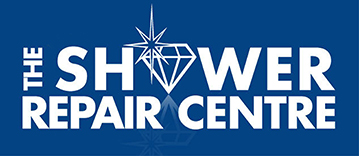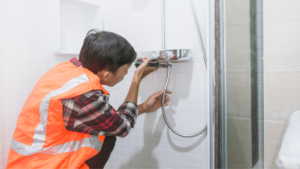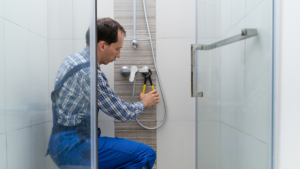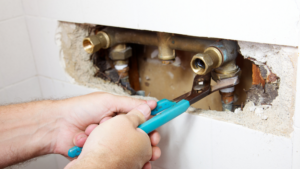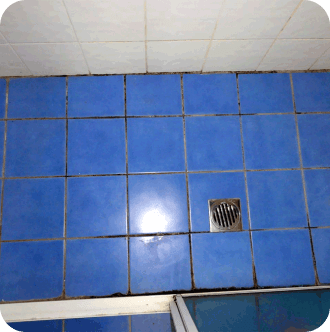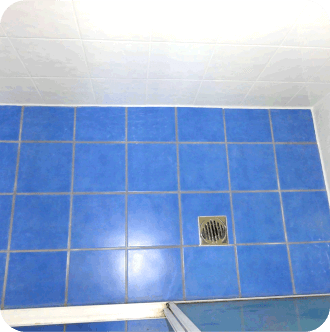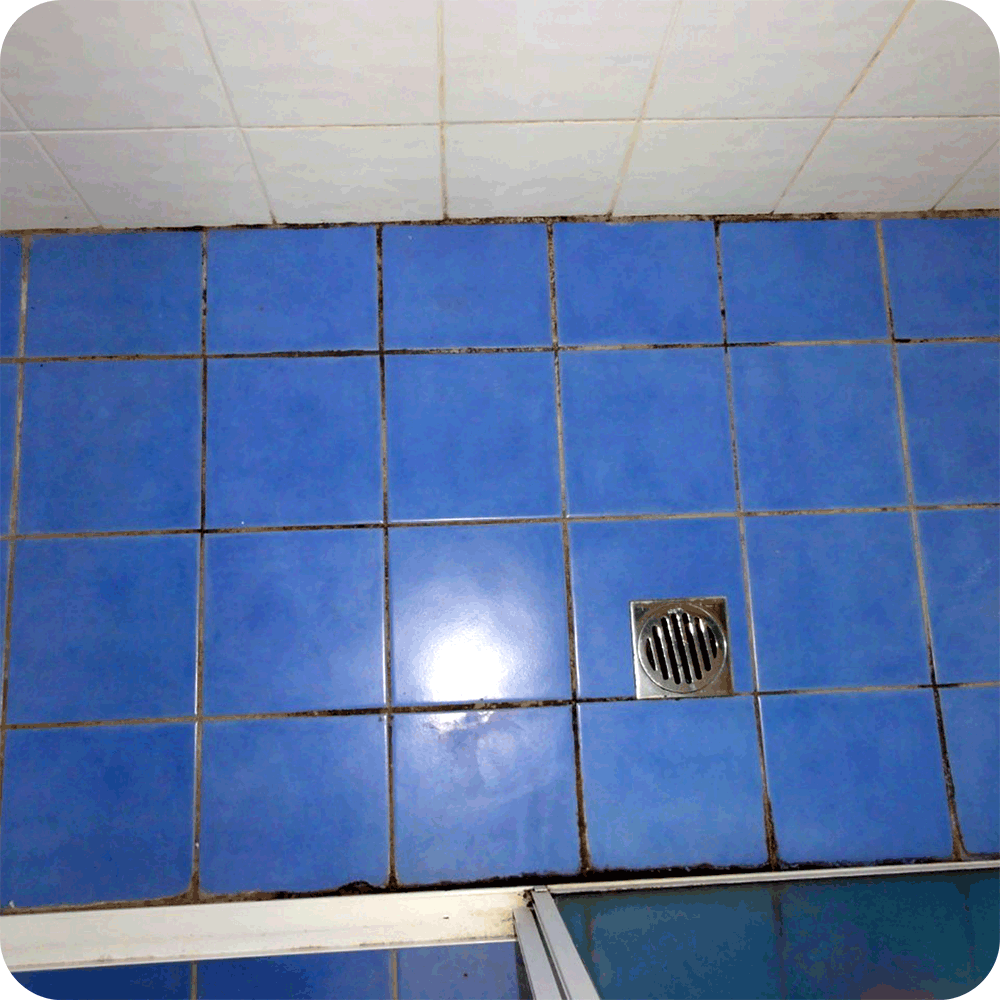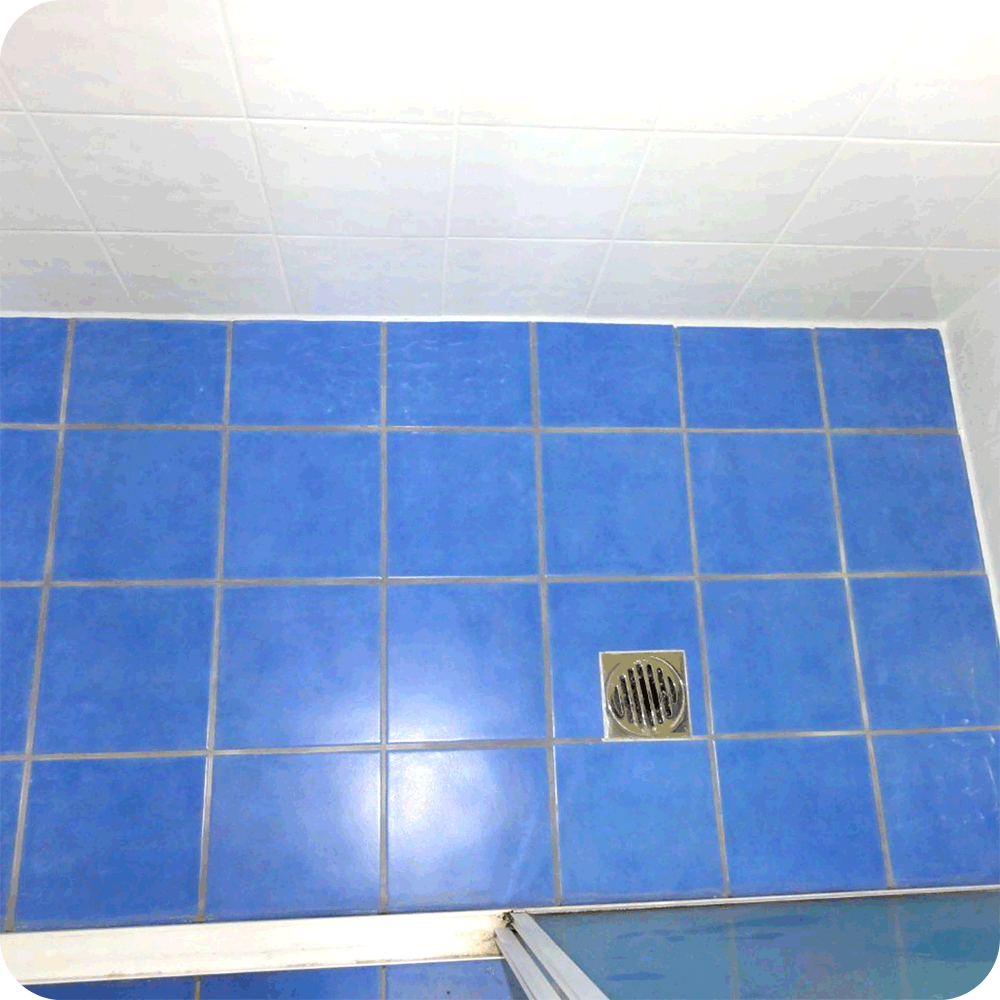Winter is coming. Are you prepared for the hidden dangers lurking behind your bathroom tiles?
For many Aussie homeowners, where heavy rain and humidity are common even in the cooler months, the risk of unnoticed water damage increases dramatically. One small leak today can lead to expensive structural damage, mould growth, and even voided insurance claims tomorrow.
Why Winter Is a Peak Risk Period for Leaks
Let’s start with some eye-opening numbers:
- Nearly 40% of Australians have experienced water leaks due to heavy rain or cold weather.
- 46% of water damage insurance claims are caused by burst or blocked pipes.
- 13.4% of claims come from overflowing showers, baths, and sinks.
- In two-thirds of Australian homes, bathroom fans and fixtures are a major point of leakage during winter.
- A single leaking tap can waste up to 24,000 litres of water per year—equivalent to more than 120 full bathtubs.
These statistics aren’t just numbers. They’re warning signs.
We’ve been fixing leaks without removing tiles for 28 years in NSW and QLD homes, and if there’s one thing we can tell you, not all shower leaks are visible to the naked eye. Many start behind the scenes, literally behind your tiles, inside your walls, or beneath your shower base. Here’s what you should look for:
1. Check for Mould or Musty Smells
Even if your bathroom looks clean, a musty smell is often the first red flag that moisture is trapped behind your walls or under the floor.
We’ve seen this happen in hundreds of homes, especially during cooler months when damp air lingers longer. A hidden leak creates the perfect breeding ground for mould, posing both a structural and health hazard.
2. Look for Cracked or Loose Tiles
Shower tiles that shift underfoot, crack easily, or sound hollow when tapped are more than just a cosmetic issue. This often means that the adhesive underneath has been compromised by prolonged water exposure.
We know this is a classic symptom of a slow leak. Water seeps into the grout lines or through unsealed edges, weakening the structure beneath.
3. Watch for Stains or Discolouration
If your bathroom is upstairs, check the ceiling below for brown stains, bubbling paint, or warped surfaces. If your bathroom shares a wall with another room, discolouration or soft spots on the adjoining wall are key indicators.
Water damage doesn’t happen overnight. But once it starts, it spreads fast and silently.
4. Inspect Grout and Silicone Seals
Grout that’s cracking, discoloured, or missing altogether, and silicone that’s mouldy or lifting at the edges, are often where the leak begins. These gaps allow water to escape behind the tiles where it can’t evaporate quickly, especially in winter.
5. Check the Water Bill
An unexplained spike in your water bill could be a sign of a leak, even a slow one. Many homeowners in NSW and QLD only notice something’s off when they get hit with a bill that’s unusually high.
Let us help you uncover hidden shower leaks that may be silently wasting thousands of litres of water.
To get a free quote for your leaking shower or balcony, fill out this form or call 1300 888 806. We’ll respond to you within 72 hours!
